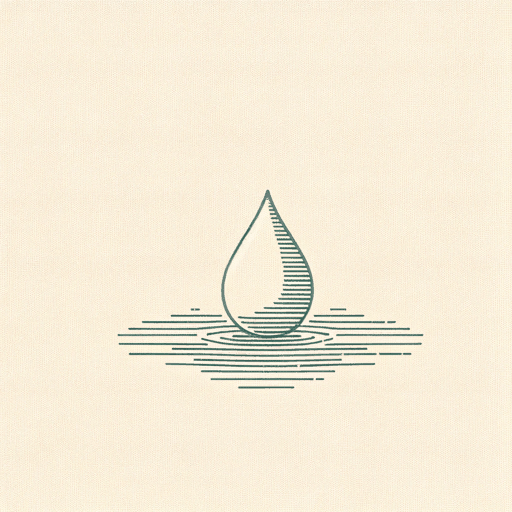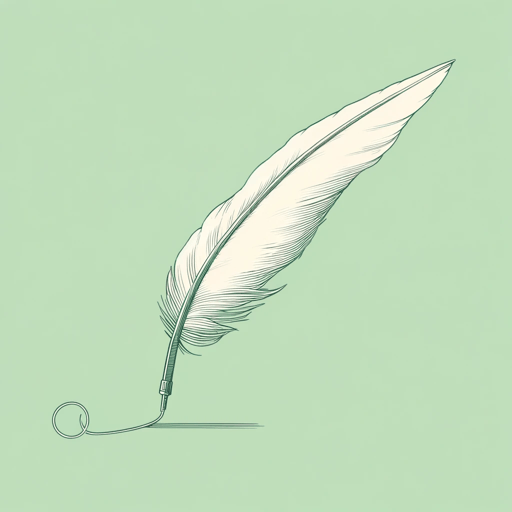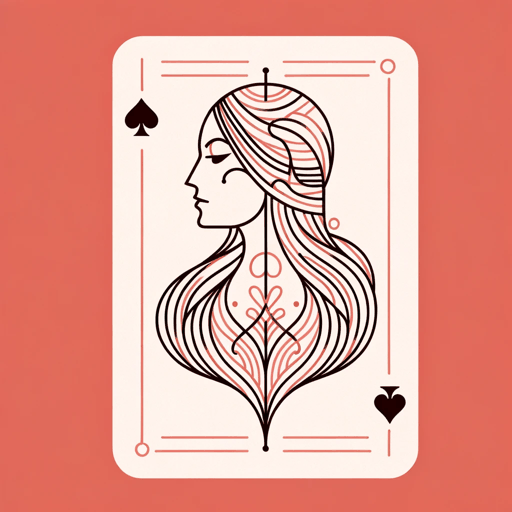21 pages • 42 minutes read
Alexander PushkinThe Bronze Horseman
Fiction | Poem | Adult | Published in 1841A modern alternative to SparkNotes and CliffsNotes, SuperSummary offers high-quality Study Guides with detailed chapter summaries and analysis of major themes, characters, and more.
Literary Devices
Form and Meter
In translated poems, discussions of rhyme scheme and meter are complex—typically, readers of translations cannot read the poem in its original language, and translators must balance getting across the full meaning of the poem with formal demands. In this case, Dewey’s award-winning translations preserves Pushkin’s meter, and both versions of the poem are written in iambic tetrameter. An iamb is a poetic foot consisting of one unstressed syllable followed by a stressed syllable. A tetrameter is a poetic line made up of four iambic feet. Line 113 from Part One illustrates:
– | stress | – | stress | – | stress | – | stress
The scene of woe, as waves now lapped
The next line, Line 114 of Part One, illustrates another common metrical practice: an additional unstressed syllable at the end of the line, known as a feminine ending:
– | stress | – | stress | – | stress | – | stress | –
The skirts of broad pi- azz- as play- ing
The basic iambic rhythm is subject to many variations, which typically are used to highlight specific words or concepts in a poetic line. A common one is the inversion of the first metrical foot, so that a stressed syllable is placed first, followed by an unstressed syllable. This is known as trochee, or trochaic foot.
Related Titles
By Alexander Pushkin





